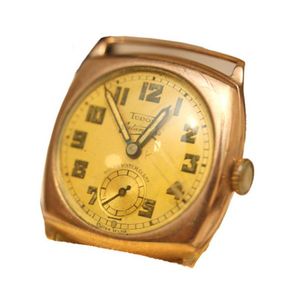Purple-blue Jun Kiln Vase with Unique Glaze Color
You must be a subscriber, and be logged in to view price and dealer details.
Subscribe Now to view actual auction price for this item
When you subscribe, you have the option of setting the currency in which to display prices to $Au, $US, $NZ or Stg.
- Song Dynasty - The Song Dynasty was a ruling dynasty in China from 960 to 1279 AD. It was divided into two periods, the Northern Song (960?1127) and the Southern Song (1127?1279). The emperor was the ultimate authority, but he relied on officials who were selected based on their merit and skills rather than their family background or social status. The Song Dynasty was a period of great artistic and cultural achievements, particularly in the areas of poetry, painting, and calligraphy. The Chinese invented the printing press during this period, which revolutionized the spread of knowledge and ideas. During the Song Dynasty, China had a prosperous economy and was a centre of international trade, particularly in luxury goods such as silk, tea, and porcelain. The use of paper money became more widespread during this period, facilitating commerce and trade.
This item has been included into following indexes:
-
Chinese antiquities by dynasty
- Northern Dynasties 115
- Song Dynasty 602
Visually similar items

Peter Stichbury wax resist decorated teapot, lustrous shino type glaze, impressed potter's mark.

Good Victorian sterling silver sugar bowl hallmarked London 1899 (James Wakely & Frank Clarke Wheeler), with ornate repousse depicting animals and plants, standing on 3 lion mask and paw legs, engraved 'Maisie', 12.5 cm wide, 6.3 cm high, 164 grams approx

A Tudor Vintage Wristwatch, golden dial signed Rolex Watch Australian Colonial, Catanach's Melbourne, with painted Arabic numerals, subsidiary seconds dial on a gilt 15 jewel manual movement in an octagonal gold-filled case to leather band.

Pair of platinum and diamond 'Circlet' earrings, Tiffany & Co., each centring a brilliant-cut diamond collet-set within a surround of smaller diamonds, diameter approximately 6 mm, signed T & Co for Tiffany & Co., post fittings. Accompanied by a Tiffany &
